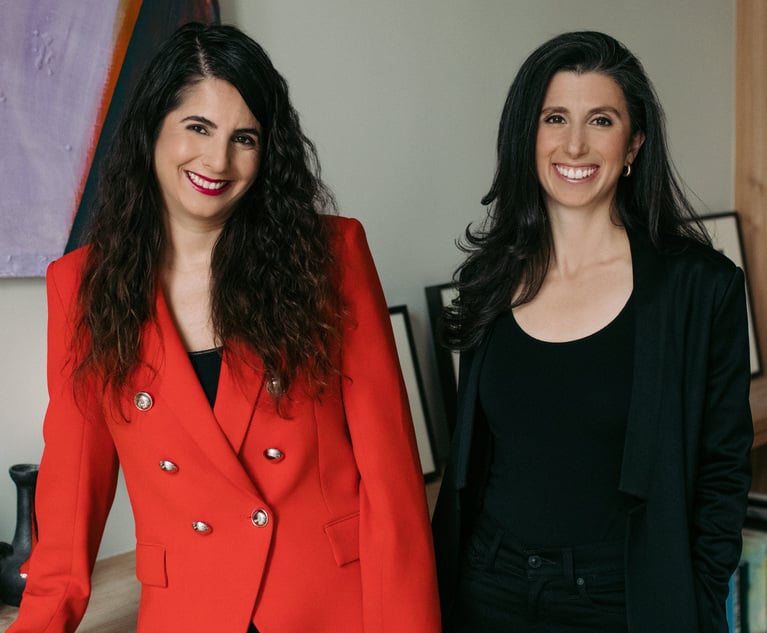Several years ago, after selling my legal tech startup, I delivered a series of talks entitled “The Third Wave: Using AI and NLP to Create Legal Analytics from Language.” The theme of these talks was that natural language processing had made important and practical advances such that we could begin to teach computers the meaning of words—and perhaps even some context. These advances have the potential to significantly narrow the gap between human reasoning and computer processing and, with that, transform the legal profession.
As Hubert Dreyfus, a professor of philosophy at UC Berkeley, argued in a 1972 book called What Computers Can’t Do, many human tasks require a kind of instinctive intelligence that cannot be captured with hard-and-fast rules. Instead, these tasks require contextual synthesis, the ability to take large amounts of information into account at the same time. The incongruity is that despite our talent at understanding meaning through context, “[w]e [humans] are terrible at computing with huge data.” The reverse is generally true of computers—they are excellent at processing big data but weak at gleaning context.


 Credit: MiniStocker/Shutterstock.com.
Credit: MiniStocker/Shutterstock.com.




